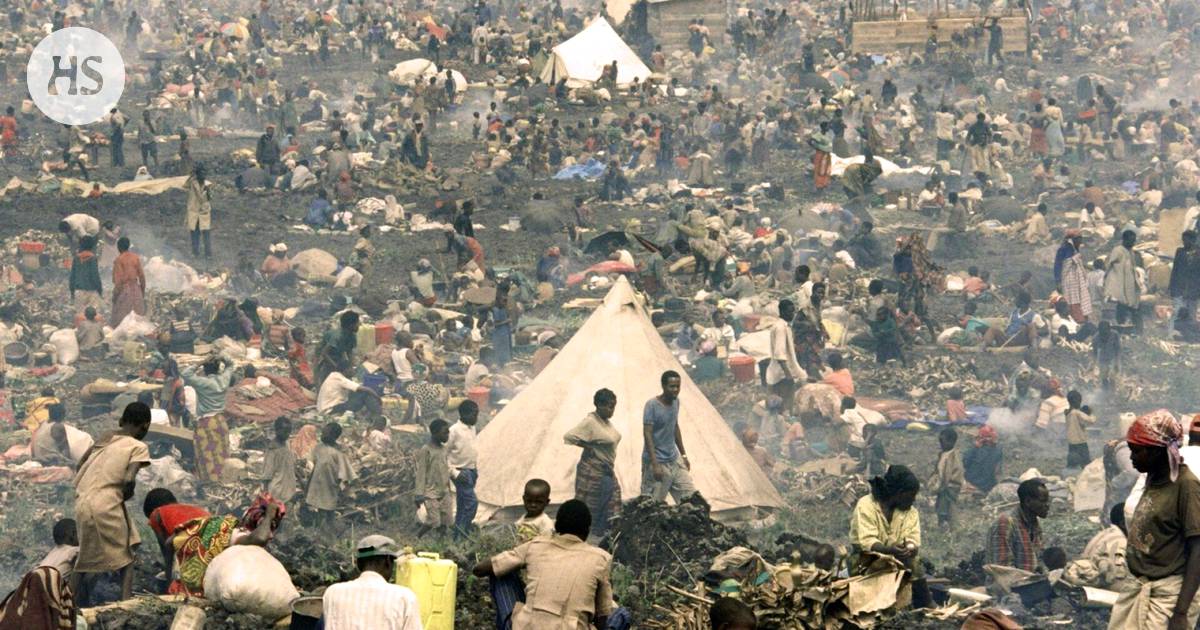Two thirds of Rwandans were born after the massacre. Now there is no longer any desire to distinguish between Hutus and Tutsis.
In East African Rwanda is commemorating the genocide that started 30 years ago today. At least 800,000 people, probably much more, were killed in the indiscriminate killing that lasted for about a hundred days.
The victims mainly belonged to Rwanda’s Tutsi minority, but moderate Hutus were also among them. Mass graves have been found to this day.
A full-scale massacre started after the country’s Hutu president Juvénal Habyarimanaa the plane carrying had been shot down late on April 6, 1994, near the capital, Kigali. The Hutus blamed the Tutsis for the act.
The violence of Hutu extremists was fueled by anti-Tutsi hate speech broadcast on radio and television.
On Memorial Day, the President Paul Kagame speaks and lays a wreath at the genocide memorial in Kigali, where an estimated 250,000 victims are buried. At the same time, a week-long period of mourning begins, during which no music is played on the radio and no movies are shown on television. Tickets are half sold, and for example all sports competitions have been cancelled.
Kagame, who rules Rwanda with an iron grip, commanded the Tutsi forces of the Rwandan Patriotic Front (RPF) 30 years ago, which played an important role in ending the genocide. After that, hundreds of thousands of Hutus, who were afraid of the Tutsi’s revenge, fled to the neighboring Democratic Republic of the Congo, among other places.
The current one Two-thirds of Rwanda’s young population was born after the genocide, but its memory still lives on. Telling about the events of 30 years ago is part of the school curriculum.
“The scars of the past are still present, but now there is a different energy and sense of possibilities,” says the 27-year-old Roxanne Mudenge.
After the genocide, ethnic background is no longer marked on Rwandans’ identity cards.
During the genocide, who was killed was often random. Many Tutsis and Hutus had entered into mixed marriages, so belonging to one or the other group was not necessarily clear. People who had lived as neighbors for a long time or even relatives could suddenly kill each other.
Genocide the laundry has been sorted out, for example, in a kind of people’s court, where the culprits have been able to apologize for their actions to the victims. More than a million cases have been handled this way. However, according to the Rwandan authorities, at least hundreds of perpetrators of bloodshed are still on the run in neighboring countries and further afield, for example in France.
The international community and the UN were heavily criticized after the genocide for not doing more to stop the killing.
30 years after the genocide, Rwanda is considered a success story in many ways, especially in terms of the economy. On the other hand, according to observers, there is much to be desired in the country’s human rights and democracy.
Kagame’s administration has also been accused of arming Tutsi forces operating in neighboring Congo.
